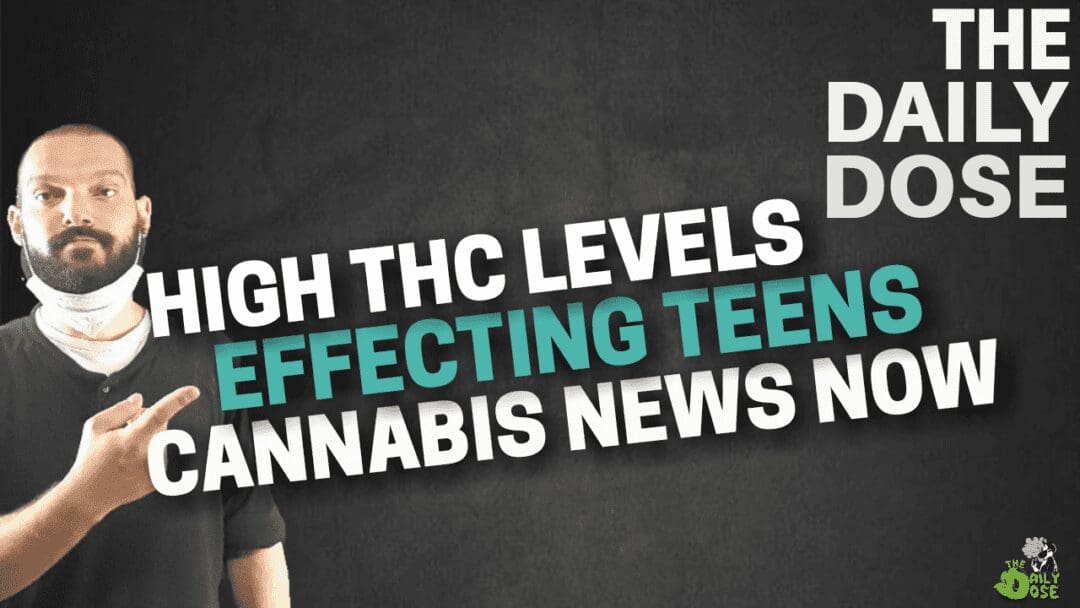To checkout the full episode visit here: The Daily Dose Audio Podcast
THC Overdose Why People Are Becoming Ill
Key Take Away
- Increased Psychosis Risk: High-THC cannabis use is linked to an increased risk of psychosis, particularly in teens and young adults, manifesting as hallucinations, delusions, and disorganized thinking.
- Higher Addiction Potential: Potent weed carries a higher risk of addiction, especially among teens whose brains are still developing, leading to cannabis use disorder.
- Cannabinoid Hyperemesis Syndrome: Regular consumption of high-THC cannabis can lead to CHS, characterized by chronic vomiting, nausea, and abdominal pain.
- Vulnerability of Teens: The developing brains of teens make them particularly susceptible to the adverse effects of potent cannabis, including psychosis, addiction, and CHS.
- Need for Awareness and Education: Increasing public awareness about the risks associated with potent cannabis, especially among teens, is crucial for prevention and early intervention.
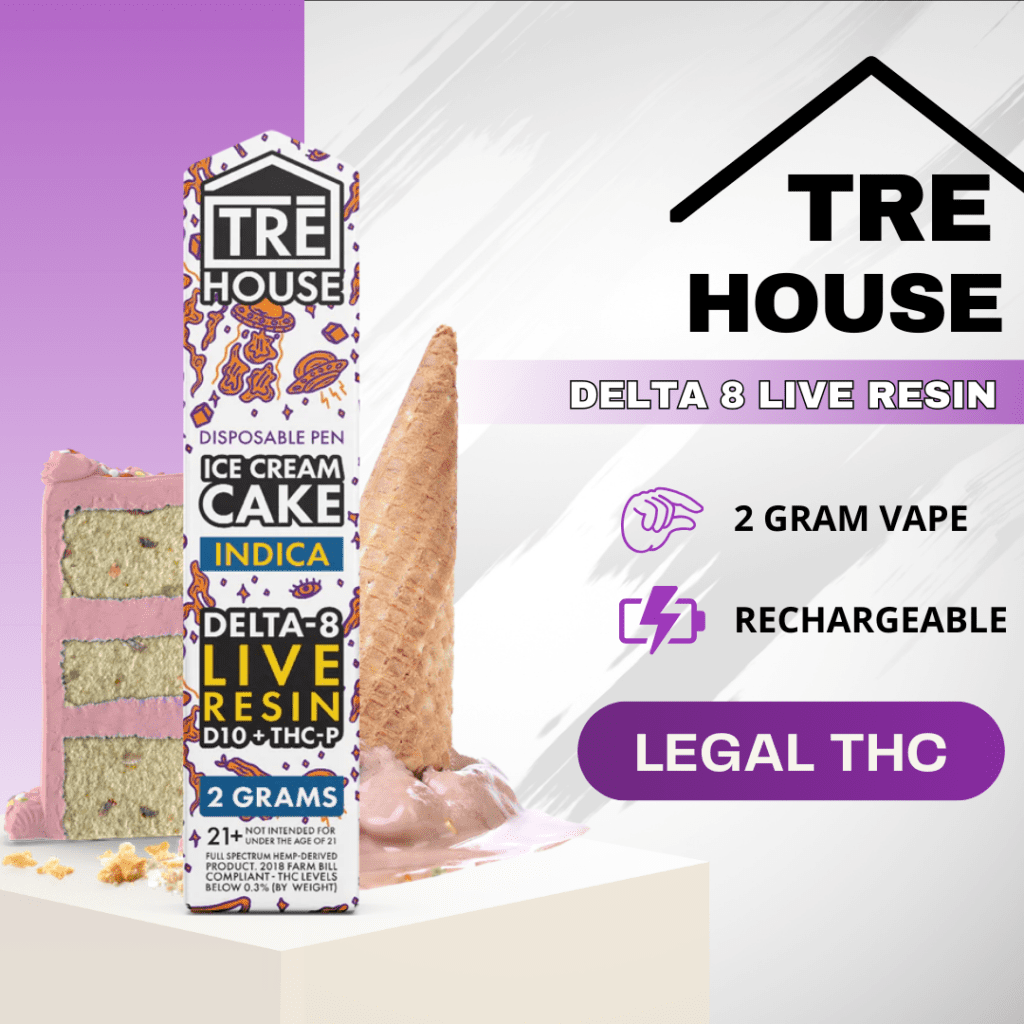
The Info On THC Illness Explained
Welcome back everyone thanks for joining me today in a weekly round up of cannabis news now and so much more. Today’s major headlines show us much of the same headlines, cannabis use on the rise some publications hinting at COVID lockdowns being the reason while others point to legalization efforts being the cause but perhaps both have contributed to it.
It shouldn’t be any surprise to anyone that cannabis use is rising across the nation, especially while law makers discuss frame work for legalization. I’ve said it before and I’ll say it again I believe there is global interests behind all the cannabis talk today, what the purpose is no one knows but I sense the cannabis and hemp agricultural industry may have something to do with it.
SUMMARY
The rising potency of weed poses significant health risks, particularly to teens, including an increased likelihood of psychosis, addiction, and chronic vomiting syndrome. Understanding these risks is essential for users, parents, and healthcare professionals to make informed decisions and seek timely intervention. The impact on the developing brains of teens calls for heightened awareness and preventive strategies to safeguard their health and future.
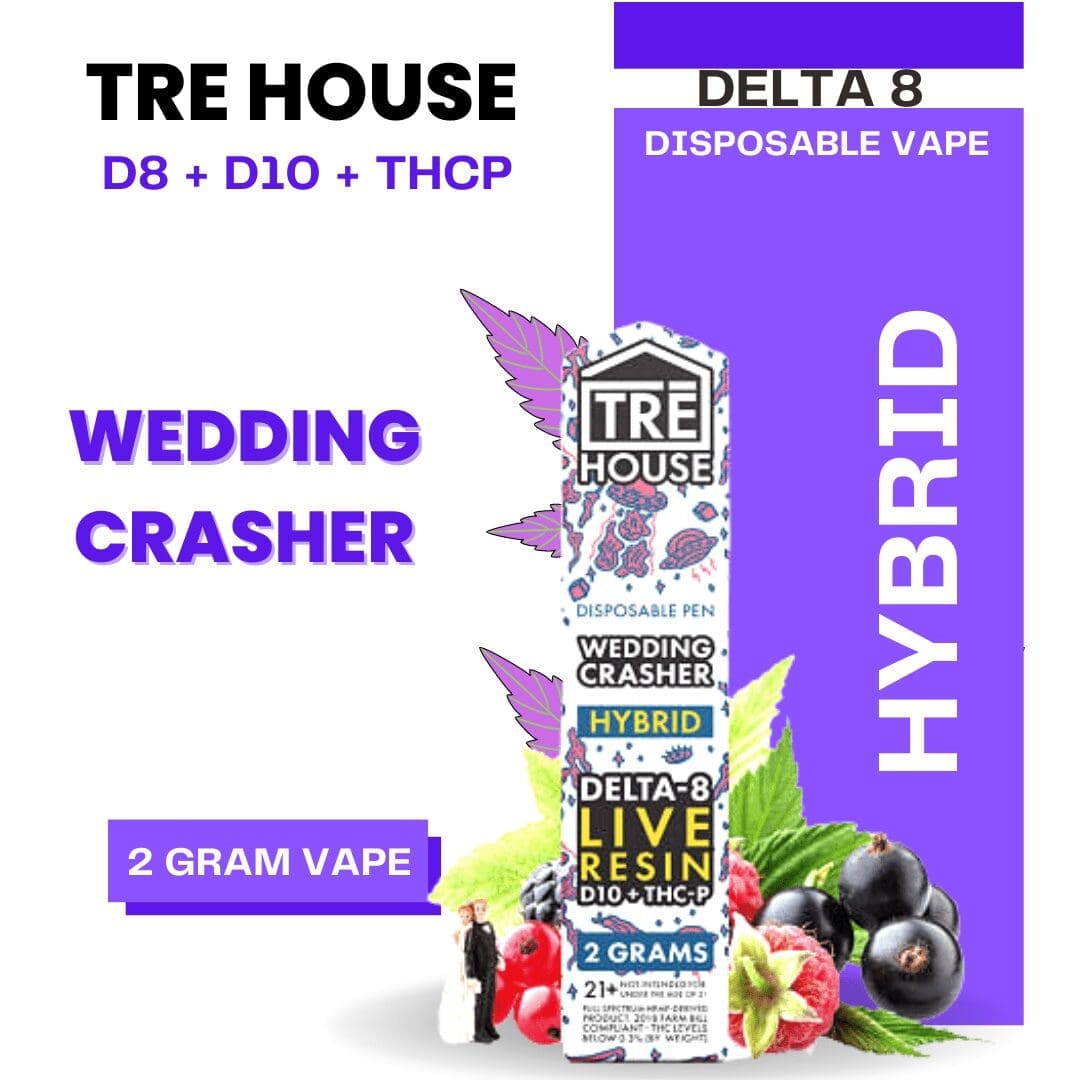
The Hemp Revolution
As you may have heard over the years hemp and cannabis have many uses and I’ve bounced around the idea that governments are beginning to really consider the wide use and implementation of hemp derived products in every facet of living where applicable. Why you may ask, well look at where we are as a civilization we have abused the planet to incredibly unsustainable limits and maybe weed and hemp are here to save the day and save us from ourselves. The idea could be due to the wide use of hemp which can lead the world into an era of building for longevity and sustainability that includes resources and how everything is made.
So that is the idea of global acceptance of hemp and cannabis and the bigger picture of why so many are smoking now then ever before. The mere acceptance by state governments to now other countries in Europe and Asia makes for a pretty big social perception shift on cannabis as a whole.
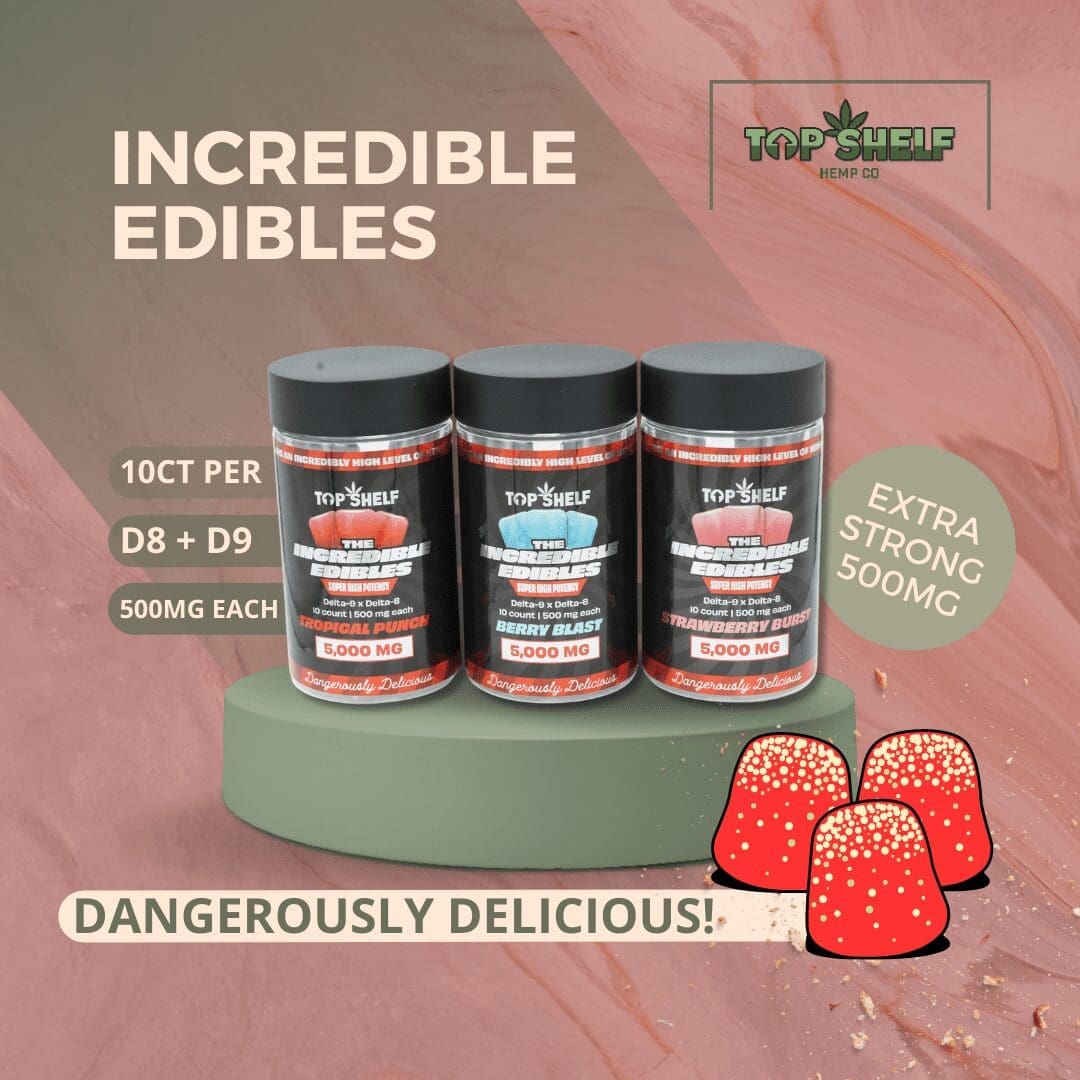
What Is CHS
Now the main headline for today is about how teens have been using cannabis from very early ages of 14 to their present age, the story is taken from the perspective of Ellyse a young lady who started using cannabis oil vapes at 14 and now at the age of 18 suffers from multiple different issues from constant vomiting to anxiety and more.
After many visits to the E.R. she was diagnosed with a rare syndrome associated with chronic cannabis use. The story was very one sided, the syndrome itself suggests it’s uncommon and only happens to very few people.
Symptoms Explained: Cannabinoid Hyperemesis Syndrome
The bottom line is all cannabis products out today are high in THC low in cannabinoids such as CBD, CBD, CBA etc. The article suggests the weed is too potent and it’s leading to harmful effects on young people who use them frequently.
As the potency of weed (cannabis) increases, concerns about its impact on health, particularly among teens, are growing. Notable issues include psychosis, addiction, and chronic vomiting, conditions that are becoming more prevalent with the consumption of high-THC cannabis products. Understanding these conditions and their association with potent cannabis is crucial for public health awareness and individual safety.

Psychosis
Initially, it’s essential to recognize that high-potency weed has been linked to an increased risk of psychosis, especially in teens and young adults. Psychosis is a mental health condition characterized by a disconnect from reality, often involving hallucinations or delusions. Research suggests that the risk of psychosis is higher among individuals who consume high-THC cannabis, especially those with a predisposition to mental health disorders. The symptoms can be distressing and may include paranoid delusions, disorganized thinking, and auditory hallucinations.

Addiction
Subsequently, the risk of addiction, or cannabis use disorder, is another concern. The higher the THC content, the more likely the substance will be habit-forming. Teens are particularly vulnerable, as their brains are still developing, making the impact of potent cannabis more profound. Regular use of high-THC cannabis can lead to dependence, where individuals feel unable to stop despite negative consequences on their health, social life, or responsibilities.
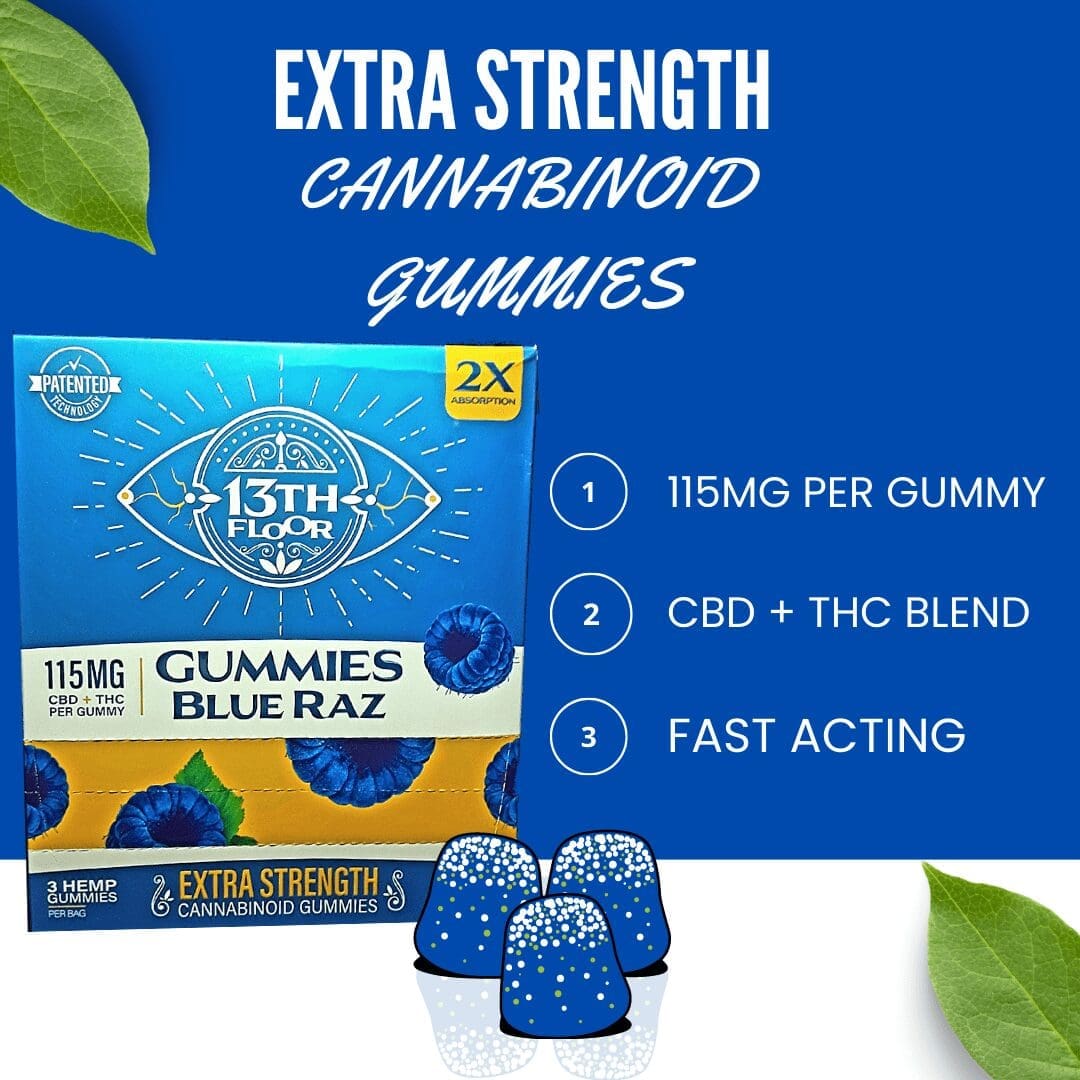
Chronic Vomiting
Moreover, a condition known as Cannabinoid Hyperemesis Syndrome (CHS) is becoming more common. CHS is characterized by chronic vomiting, nausea, and abdominal pain in regular cannabis users. The condition is paradoxical because while low doses of THC can reduce nausea, higher doses over time seem to induce these symptoms. CHS can be severely debilitating and often requires cessation of cannabis use for relief.
Cannabis Use Syndrome called Cannabinoid hyperemesis syndrome (CHS) for anyone interested in doing more reading on that.
Navigating the Challenges
In conclusion, the escalating potency of cannabis presents multifaceted challenges, particularly affecting the vulnerable population of teens. The associations between high-THC cannabis and conditions such as psychosis, addiction, and Cannabinoid Hyperemesis Syndrome underscore the urgent need for comprehensive education, robust public health strategies, and targeted interventions.
As we navigate this evolving landscape, fostering awareness and understanding about the implications of potent cannabis is paramount. By prioritizing informed decision-making and supportive resources, society can better safeguard the health and well-being of individuals, particularly the youth, ensuring they are equipped to make choices that lead to a healthier and more balanced life amidst the complexities of cannabis use.
FAQs
What is cannabinoid hyperemesis syndrome?
What are the potential harmful effects of frequent and high-dose cannabis use among adolescents?
How has the potency of cannabis products changed over the years?
Are there any regulations on the potency of cannabis products?
What steps can be taken to address the potential dangers of high-THC cannabis products?
Related Articles:
- Teens and THC
- Vape or Smoke THC Which Is Better
- Cannabis Edibles Guide For New Users
- Cannabis Recall California Cannabis Corner
- The Cannabis Opioid Conundrum: Facts Now
Meet The Author


